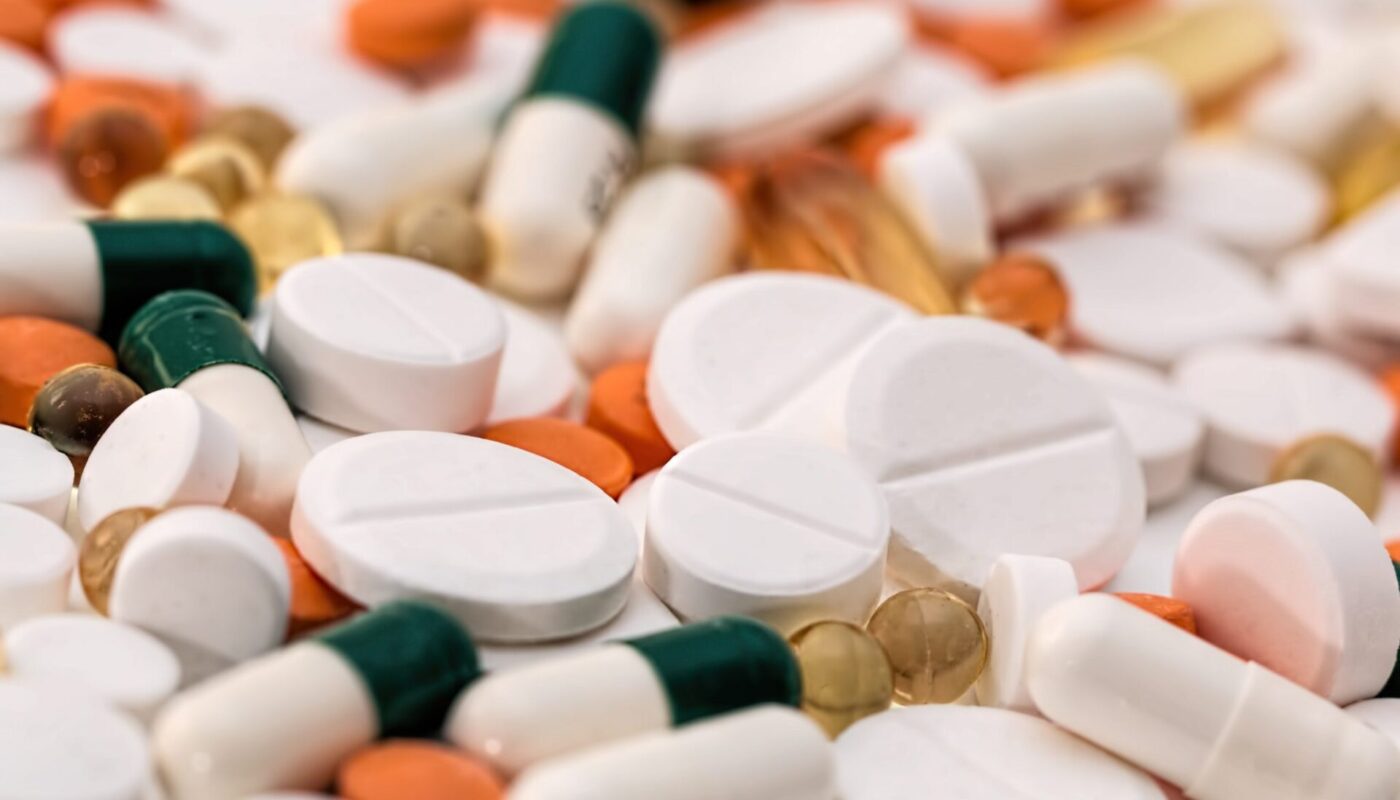The pharmaceutical industry in Saudi Arabia has seen rapid growth in the past decade, emerging as a key sector of the economy. However, as the market expands to meet rising healthcare demands, it also faces some challenges to sustain this momentum going forward. This article examines the current state of the industry and analyzes the opportunities and obstacles ahead.
According to industry estimates, the Saudi pharmaceutical market was valued at around $4 billion in 2020. It is projected to reach $6 billion by 2025, growing at a compound annual growth rate of 7-8% during this period. The primary drivers of this growth are the large population size of over 34 million, increasing healthcare spending by the government, rising incidence of chronic diseases, and availability of universal public healthcare. As more citizens enroll in government insurance schemes and avail medical services, pharmaceutical drug consumption is bound to increase manifold in the coming years.
Local Manufacturing Capacity
To meet the rising demand and reduce reliance on imports, local manufacturing of pharmaceutical products has gained prominence. There are over 30 domestic companies engaged in manufacturing generics, biosimilars, and some patented drugs under licensing agreements. In 2020, locally made products accounted for 40% of total pharmaceutical sales. The government aims to enhance this to 60% by 2030 through supportive policies like preferential market access, tax incentives, and initiatives to attract foreign investments. Major players like SABIC, SPIMACO, and Jaluoon are expanding production capabilities steadily. Some international giants like Pfizer and GlaxoSmithKline also have local tie-ups for production.
Healthcare Reforms Drive Growth
Large-scale reforms in the healthcare sector are aiding the growth of the pharmaceutical industry. The National Transformation Program 2020 launched in 2016 aims to modernize the entire healthcare ecosystem through public-private partnerships and digitalization of services. The recently introduced Health Insurance Law makes medical coverage mandatory for all residents. This is increasing affordability and access to a wide range of medicines. Initiatives to boost the biotech sector, establish specialized economic zones, and strengthen regulatory oversight are creating an investor-friendly environment. With continued government support through Vision 2030, pharmaceutical sales are projected to more than double in the next 5 years.
Regulatory Challenges
While reforms are opening up new opportunities, establishing effective regulatory oversight remains a challenge area for the Saudi Arabia Pharmaceutical Drugs sector. Though SFDA (Saudi Food and Drug Authority) handles drug approvals and quality compliance, they are still working to align regulations with international standards. Issues around data protection, patent enforcement, and pricing controls require further strengthening to attract global pharmaceutical MNCs. Lack of stringent manufacturing guidelines and quality certifications also impact local production capabilities negatively. With growing regional and international trade, non-compliance can hamper the credibility of local drug makers in the long run. Robust enforcement through technical upgrading and human resource development is the need of the hour.
Healthcare Access in Remote Areas
Given the large geographical expanse of the country, ensuring equitable access to medicines across different regions poses unique difficulties. While tier 1 cities have well-developed healthcare infrastructure, certain remote and rural communities still face shortages. Issues around effective distribution networks, adequate storage facilities, and shortage of skilled pharmacists adversely impact last-mile delivery. The National Transformation Program aims to overcome this through mobile clinics, telehealth services and community pharmacy models. However, implementation on ground requires extensive planning considering the harsh terrain and dispersed population in some places. Collaboration with local administrative bodies and non-profits can help devise innovative, low-cost solutions.
Demand for Specialized Drugs
Along with conventional drugs, demand for specialized pharmaceutical products is also on the rise. These include biologics, biosimilars, vaccines, oncology and orphan drugs used in chronic illness management. Local production remains limited for such technically complex drug categories that require specialized R&D infrastructure and skilled manpower. The Kingdom relies heavily on imports currently to meet this growing need. While a few contract manufacturing agreements exist, indigenous capability is still at a nascent stage. The government is encouraging global partnerships, training programs and incentives to build local biotech expertise to produce more specialized drugs domestically in the long run. However, this will require heavy investments and time to come to fruition.
*Note:
1. Source: Coherent Market Insights, Public sources, Desk research
2. We have leveraged AI tools to mine information and compile it



